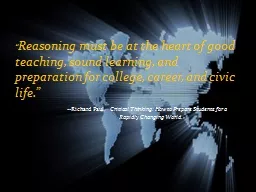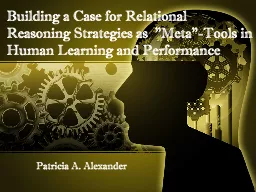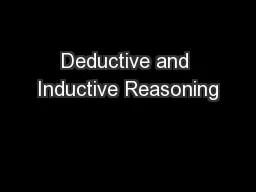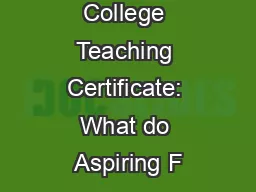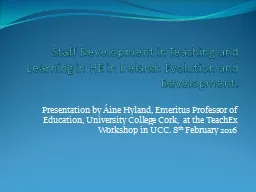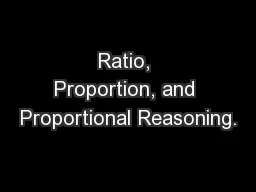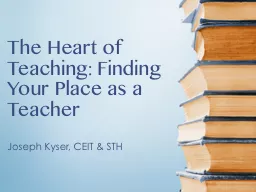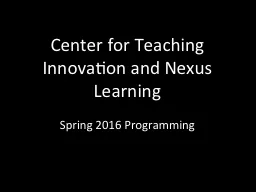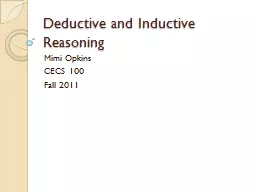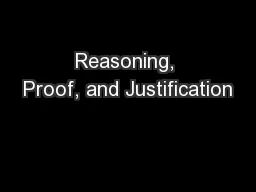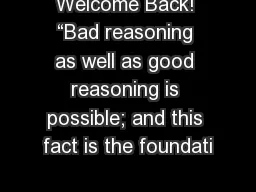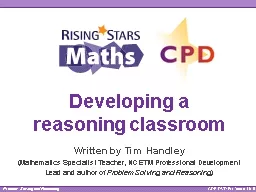PPT-“ Reasoning must be at the heart of good teaching, sound learning, and preparation
Author : lois-ondreau | Published Date : 2018-10-26
Richard Paul Critical Thinking How to Prepare S tudents for a Rapidly Changing World Teaching Causation as a Historical T hinking Skill Shallow men believe
Presentation Embed Code
Download Presentation
Download Presentation The PPT/PDF document "“ Reasoning must be at the heart of g..." is the property of its rightful owner. Permission is granted to download and print the materials on this website for personal, non-commercial use only, and to display it on your personal computer provided you do not modify the materials and that you retain all copyright notices contained in the materials. By downloading content from our website, you accept the terms of this agreement.
“ Reasoning must be at the heart of good teaching, sound learning, and preparation: Transcript
Download Rules Of Document
"“ Reasoning must be at the heart of good teaching, sound learning, and preparation"The content belongs to its owner. You may download and print it for personal use, without modification, and keep all copyright notices. By downloading, you agree to these terms.
Related Documents

